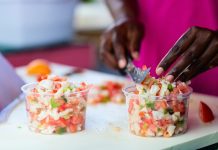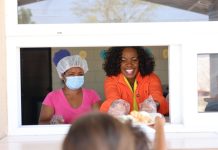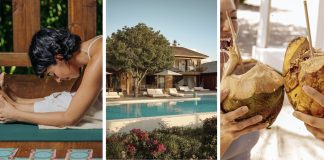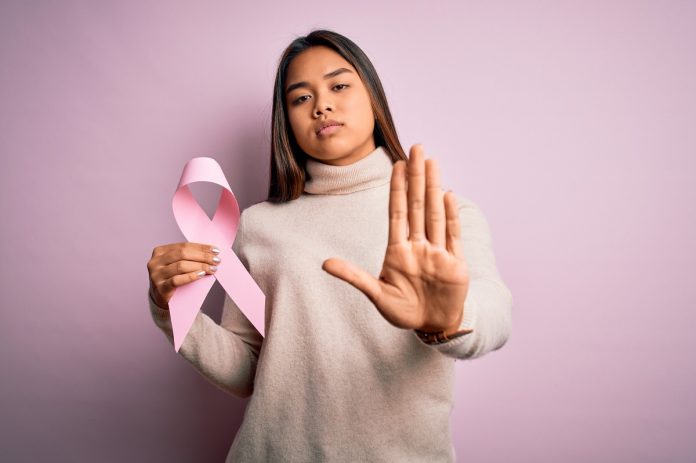
What You Need to Know About the #1 Cause of Cancer Deaths Among Caribbean Women
There are pink ribbons everywhere around this time of year. October is Breast Cancer Awareness Month, and during this period, allies show solidarity for those who have experienced loss or recovered victorious from breast cancer by wearing pink. Organizations are hosting activities that educate the general public on how this disease is affecting women and what can be done about it. When it comes to breast cancer in Caribbean women, the statistics are quite shocking.
Trends and Causes
From 2003-2013, in 21 out of 23 Caribbean territories, breast cancer was the number one cause of cancer deaths among Caribbean women. Today, the French territory of Martinique ranks highest in reports of breast cancer incidences, while Barbados has the highest mortality rate. Haiti, despite its many social challenges, has the record for the lowest breast cancer incidence and mortality rates of the region.
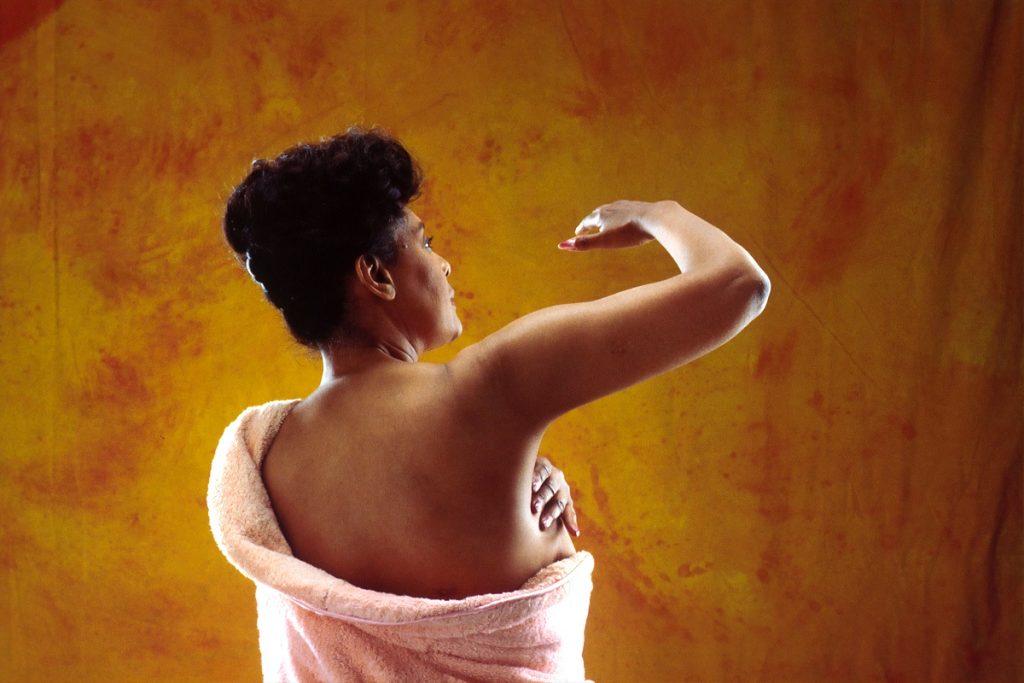
There are many things that cause breast cancer to form. Research shows that the risk of breast cancer diagnosis increases with age and family history, previous diagnosis, a previous benign breast lump, insufficient exercise and excessive use of alcohol and smoking.
Obesity can also increase the risk of developing breast cancer, especially when the majority of weight gain happens around the stomach. Modern diets tend to contain sugary and oily foods, versus traditional Caribbean cuisine prepared from ground provisions, fruits and vegetables. Lifestyle changes and dietary changes have impacted women’s health overall. Many Caribbean women love a Carnival and good party but are not aware that abundant alcohol and cigarette consumption at these events wildly increases their chances of developing breast cancer.
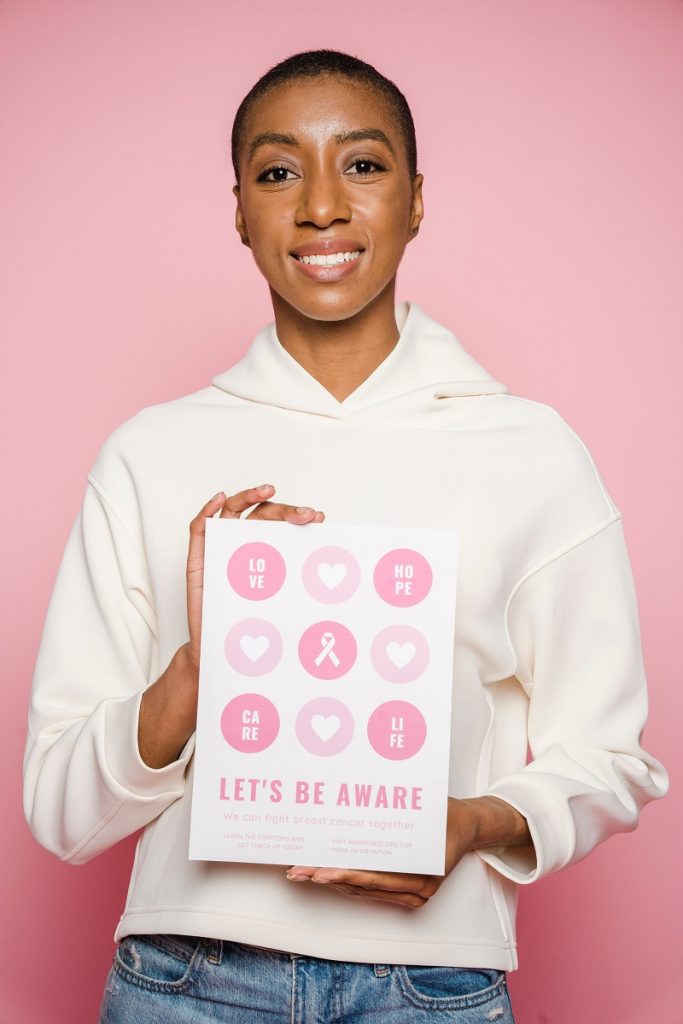
Detection and Care
Breast cancer is a malignant tumor that starts in the cells of the breast. Painless, hard lumps inside the breast are the most common indicators that something is wrong, though sometimes the breast can be tender with soft, rounded masses. There can also be swelling or changes in the skin’s texture and color, but at other times there are no signs at all. That is why monthly breast self-exams and the recommended annual mammogram after age 40 are key to targeting the presence of cancer. Early detection and treatment have proven effective in reducing patient mortality.
Differences in health care across the Caribbean region have affected what treatments are available to women throughout. Surgery remains the leading choice for treatment. Chemotherapy, hormone therapy, medicinal plants, and in many instances a combination of those treatments are options as well. But on the horizon are new offerings of natural medicine. In the twin-island republic of Trinidad and Tobago, a study identified fifty-five herbal remedies, supplements, and functional foods that women tapped into for their healing properties, including soursop, wheatgrass, saffron, aloe vera, garlic, and ginger. These were used both as standalone and complements to ongoing medical treatment.
Our health is our wealth. Through education, screening, early detection, and accurate diagnosis, the mortality numbers associated with breast cancer in the Caribbean can be decreased and treated successfully.














